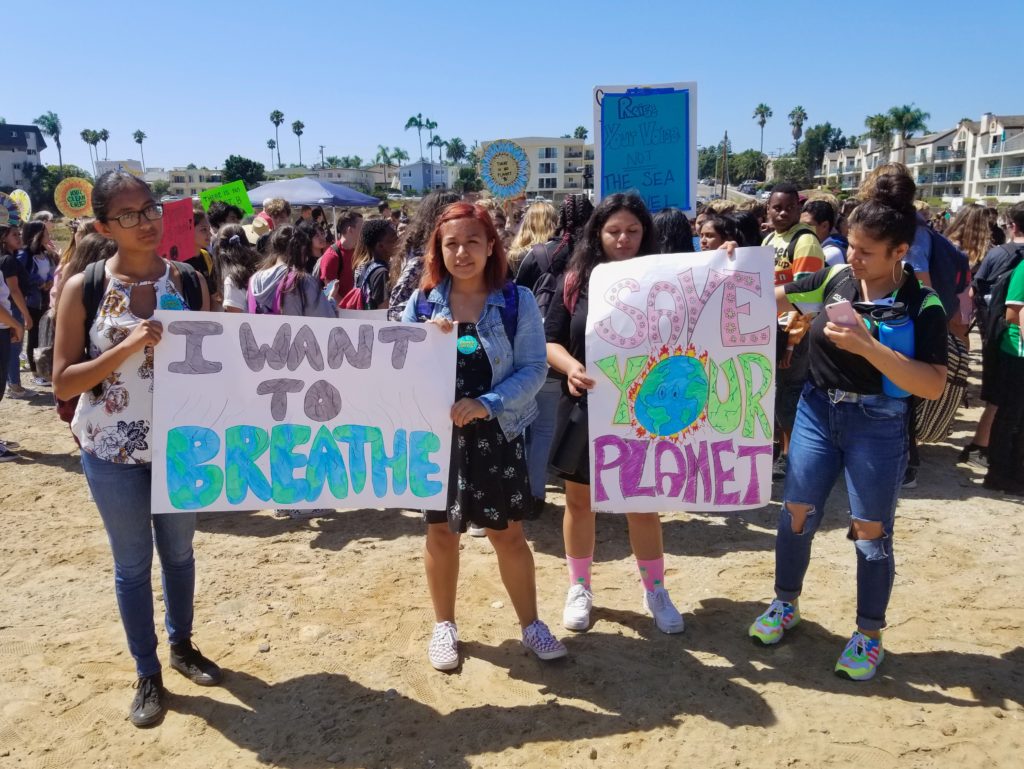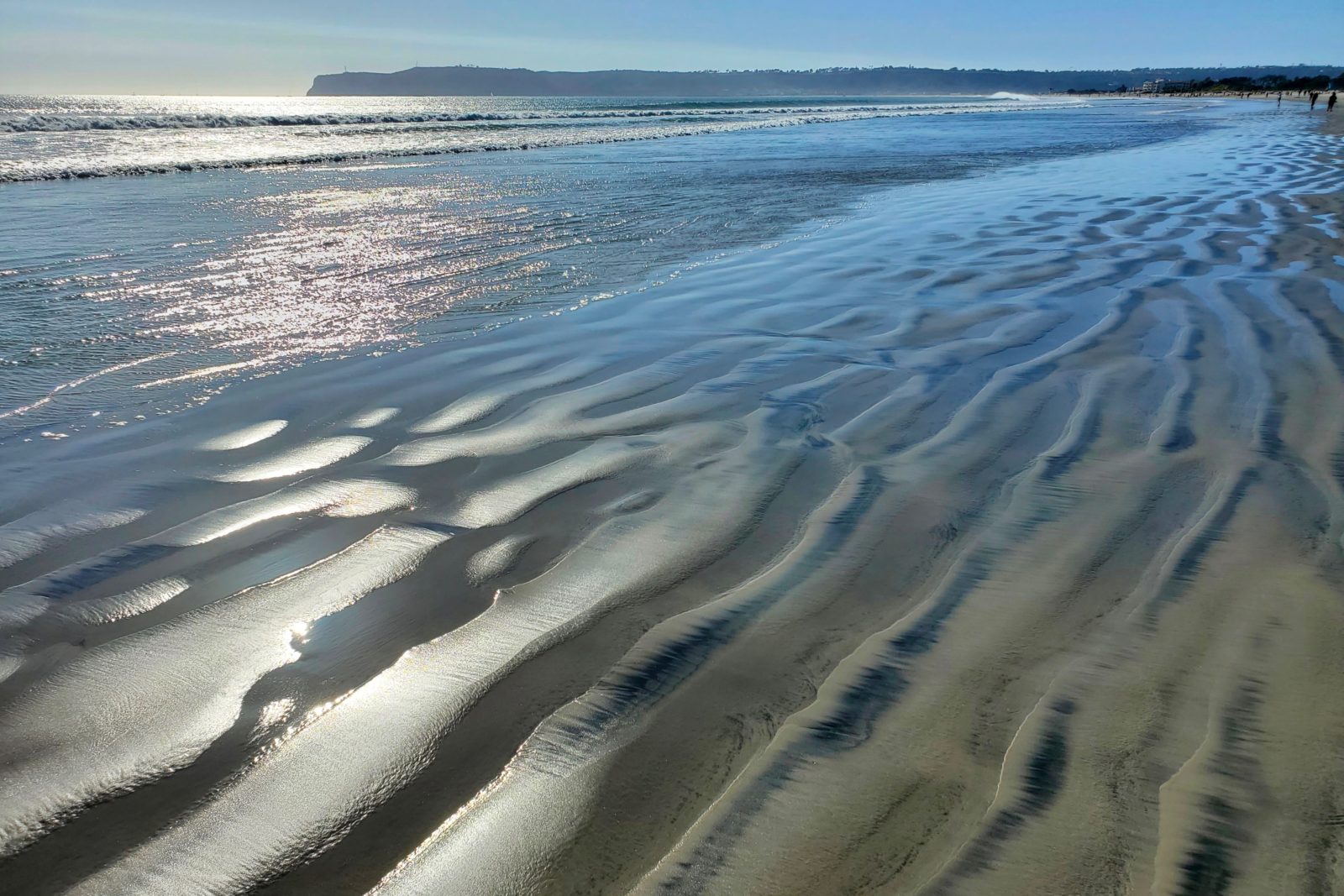You’ve likely been the following the news about the oil spill that began last Saturday in Orange County, which has so far resulted in 144,000 gallons of crude oil spilled into the waters off Huntington Beach, making it the worst offshore oil spill in California in at least 30 years. I addressed portions of this in my earlier statement on the oil spill.
Despite efforts to contain the spill, the oil plume, now at 13 square miles, has been heading south past Laguna Beach toward San Clemente. Oil residue, derisively known as “tar balls,” have already been found washed up along San Diego County beaches. And several areas of rare Southern California coastal ecosystems and considerable biodiversity have also been impacted, most notably the Corona del Mar tidepools and the Talbert Marsh, which Orange County supervisor Katrina Foley said has received “significant damage.”
Once again, the price of fossil fuel extraction – and the cowardice of generations of elected officials who have failed to end the practice in California – is becoming clear along our coastline, where slivers of native species and habitat that have been restored, or managed to survive decades of poured cement, destructive recreation, wayward foot traffic, development and coastal hardening, have again found their areas of refuge suffocated and further reduced.
This is especially tragic at a restored wetland like Talbert Marsh, which has a great deal in common with efforts to restore native habitats and wetlands in the northeast corner of Mission Bay that is the basis of the ReWild Mission Bay campaign.
With even more rare habitat and wetlands contaminated, porpoises poisoned as oil enters their blowholes, and birds condemned to a sticky, grotesque death, the need to restore salt marshes and native wetlands in Mission Bay becomes even more critical, and takes on an even greater urgency.
Soon, the city will release a revised Notice of Preparation (NOP) on what will be their eventual wetland restoration plan for Mission Bay. We hope the city takes its pronouncements about the importance of restoring native wetlands seriously.
Not only will restored salt marches make for cleaner water in the bay at the mouth of Rose Creek, but wetlands will sequester considerable carbon, pave the way for greater public access to our bayfront, add climate resiliency in the face of rising sea levels, and restore critical habitat that needs decades to successfully take hold – but which can be destroyed in only a few hours with exposure to crude oil, toxins, detergents, and the nightmare soup of industrial disease.
Luckily, the ReWild Coalition has remained in front of the city’s pending NOP release with a pair of op/eds in our local papers, including one from Dr. Karin Zirk, the executive director of Friends of Rose Creek who has also endorsed our District 6 campaign. Dr. Zirk writes in the San Diego Union-Tribune about the need to restore coastal blue carbon areas, while ReWild Mission Bay campaign director Andrew Meyer similarly placed a piece on carbon sequestration and carbon “sinks” in Times of San Diego last month.
We’d like to encourage you to share these pieces with the mayor and your city councilmembers in letters, e-mails, or as portions of testimony as the city prepares to announce its plans for restoring – hopefully – the native wetlands of the northeast corner of Mission Bay.
Today’s Kendall Frost Marsh Reserve, located along P.B. Drive and Crown Point Drive, is a surviving remnant of the once great salt march that filled the bay’s northeast corner, fueled by the unique natural combination that occurs when fresh water entering from Rose Creek meets the salt water of the bay – resulting in an ecosystem that is not only one of the great sequesters of carbon on the planet, but provides a home for dozens of endangered species like the Western Snowy Plover and Ridgway’s Rail, and results in cleaner water throughout our bay.
One would think you’d have to be the CEO of an oil conglomerate to find that scenario unappealing.


